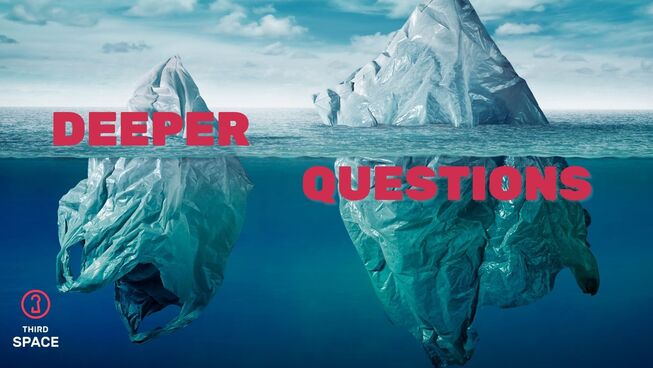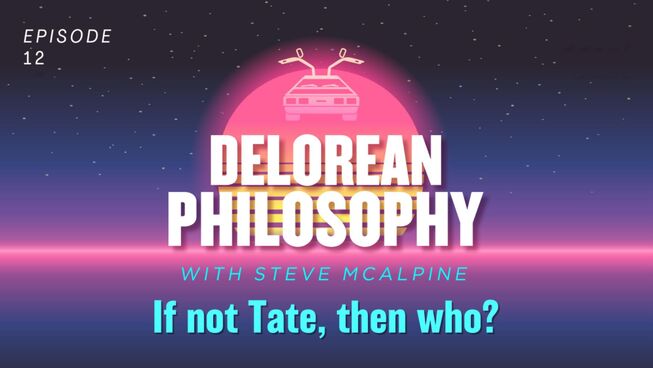Influence: getting warmer

A quest to understand influence...getting warmer
I was talking with my boss the other day, trying to persuade him that this brainwave I had was a really, really good idea. Now my really, really good idea failed to fly, and as I reflected later on my pitch, it got me thinking about the nature of influence. Even the most perfectly pitched really, really good idea isn’t pitched in a vacuum.
Which is also what I discovered reading a Harvard Business Review article: Connect, then Lead (by Cuddy, Kohut & Neffinger). So says that font of all business knowledge:
“A growing body of research suggests that the way to influence – and to lead – is to begin with warmth.”
By “warmth” they simply mean possessing good active listening skills that enable you to connect with people. It includes even small non-verbal signals such as nods, smiles, and open gestures.
The article isn’t saying that competency at your job is irrelevant. What they are saying is that warmth trumps competence when it comes to influencing others. Apparently we judge warmth before we judge competence in someone, and warmth means more to us than competence does. (The research also shows that warmth and competence make up 90% of our impression of someone, which is why we are only talking about those two dimensions).
What warmth does that competence finds harder to do is build trust. Even those small nods, smiles and open gestures communicate that you hear someone, understand them and can be trusted by them. Warmth builds trust and trust is the key to influence.
“Trust provides the opportunity to change people’s attitudes and beliefs, not just their outward behaviour. That’s the sweet spot when it comes to influence and the ability to get people to fully accept your message.”
The article even recommended some body poses you could adopt to project warmth. They suggest that a brief warm up routine can make a pose look and feel more natural. Visions of awkward warm-up routines aside, it was helpful to see that my really, really good idea is delivered within the framework of perceptions of my competence and more importantly my warmth.
But I would also want to question the conclusions drawn by the font of all business knowledge, if I may. It seems that the article’s almost exclusive focus is on skills. Perhaps they assumed that people would be trustworthy as they attempt to gain other people’s trust. But that’s the danger, isn’t it? People can be very good at mastering active listening skills and then use them to manipulate others.
I can think of at least one occasion in my working life where this happened to me. It was way back in the early 1990’s – I was young and impressionable and wanting to move from full-time to part-time work in the IT industry. At that time there was really no market for part-time IT work. But I approached a number of IT companies anyway and almost all said they wouldn’t be able to find me work – except one. This particular recruiter gave me lots of nods, smiles, open gestures and verbal assurances. I felt like he listened and understood my concerns. I trusted him. So I left my full time IT job…you can see where this is going, can’t you? When I contacted him again, newly unemployed, he’d changed his tune.
Someone can master the skills, be really good at connecting with people…but no one likes a fake. And no one likes to be manipulated.
So if mastering active listening skills isn’t the answer, what is? Jesus Christ has had an enormous personal influence on Western culture for the last 2000 years. What would he say is the way to build trust?








